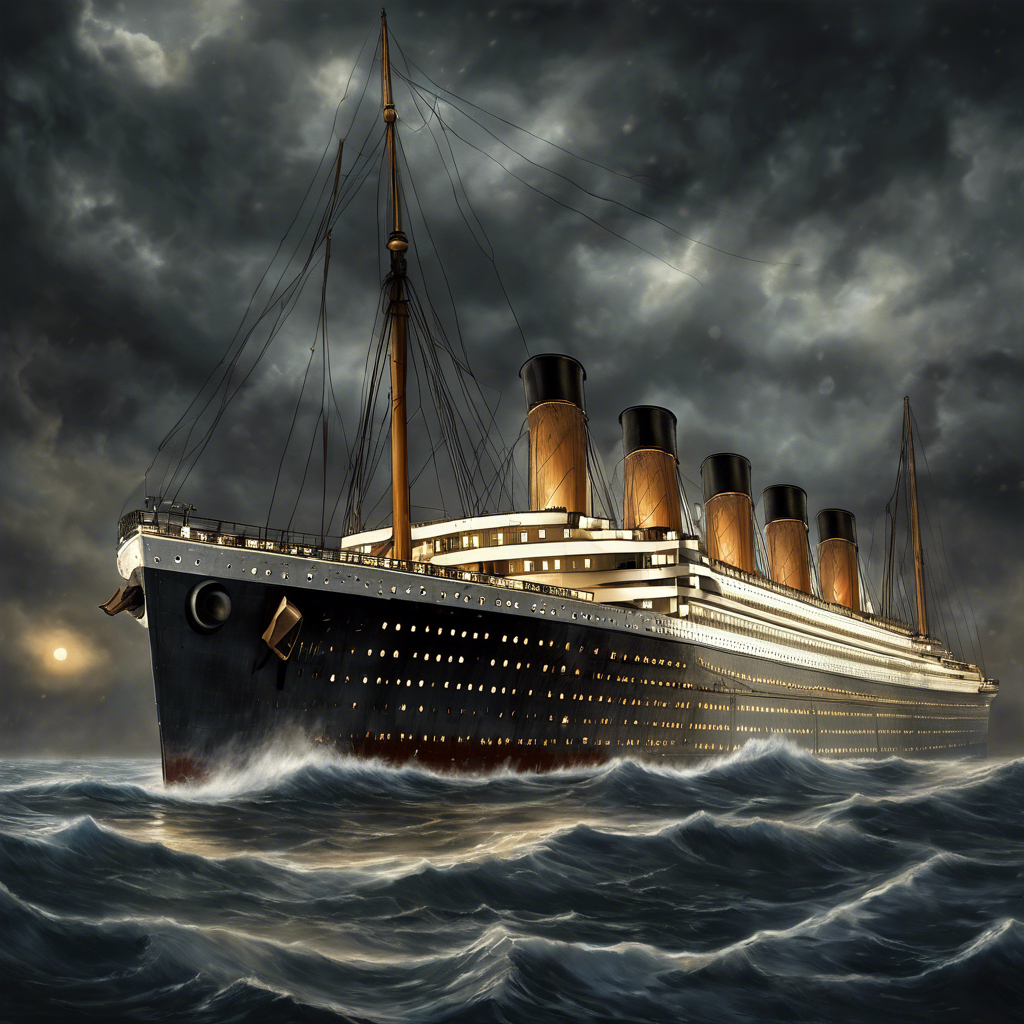What year did the Titanic sink?
The sinking of the RMS Titanic is one of the most infamous maritime disasters in history. It has been the subject of numerous films, books, and other forms of media, captivating the public’s imagination with its tragic tale of loss and human error.
Background
The Titanic was a British passenger liner built by the Harland and Wolff shipyard in Belfast. It was designed to be the largest and most luxurious vessel of its time, touted as “unsinkable” due to its advanced safety features and sturdy construction. The ship began its maiden voyage from Southampton, England on April 10, 1912, bound for New York City.
Timeline of Events
- April 10, 1912: The Titanic sets sail from Southampton, England
- April 14, 1912: The ship receives several warnings of icebergs in the area
- 11:40 PM, April 14, 1912: The Titanic strikes an iceberg on its starboard side
- 12:15 AM, April 15, 1912: The ship begins to take on water and list to one side
- 2:20 AM, April 15, 1912: The Titanic sinks completely, resulting in over 1,500 deaths
Key Facts and Figures
- Date of sinking: April 15, 1912
- Time of sinking: 2:20 AM
- Location: North Atlantic Ocean, approximately 370 miles off the coast of Newfoundland, Canada
- Number of passengers and crew on board: 2,224
- Number of survivors: 705
- Number of deaths: 1,519
Aftermath and Legacy
The sinking of the Titanic sent shockwaves around the world, leading to a major overhaul of maritime safety regulations and practices. The tragedy also captivated the public’s imagination, inspiring numerous works of art, literature, and film. Today, the Titanic remains one of the most enduring and fascinating stories of the 20th century.











Post Comment